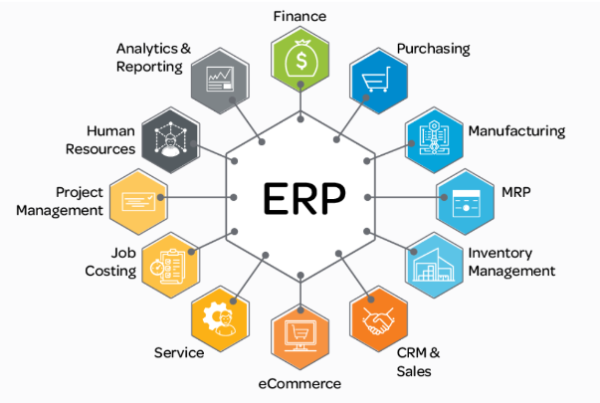Introduction:
Artificial Intelligence (AI) presents exciting opportunities across industries. However, its implementation is not without risks and limitations, particularly in AI-driven communication and content generation. Balancing the initial vision with practical considerations can ensure a positive return on investment (ROI). Here are some best practices for integrating AI tools effectively:
1. Understand AI Limitations:
AI, while powerful, is not a silver bullet solution. For instance, AI chatbots can streamline customer service, but may struggle with complex or ambiguous queries. AI-generated content, while increasingly realistic, could unintentionally perpetuate biases or generate inappropriate content. Being aware of these limitations allows you to set realistic expectations and plan contingencies.
2. Use a Phased Approach:
Implementing AI in stages can help you test, measure, and adjust. This phased approach enables you to identify potential problems early, minimizing the risk of substantial time and financial investments in solutions that may not deliver as expected.
3. Prioritize Data Security:
AI systems require large volumes of data. Protecting this data is crucial to prevent breaches and unauthorized access. Implement robust data security measures from the outset and continually update them as threats evolve.
4. Uphold Ethical Standards:
Be vigilant against potential misuse of AI tools. AI’s ability to generate human-like text or deepfakes can be exploited unethically. Foster a culture of ethical AI use within your organization and include fail-safes to detect and prevent misuse.
5. Train your Teams:
Ensure your teams understand the AI tools being used. This includes knowing how to interpret AI outputs and handle situations when the AI falls short. Regular training sessions can keep your teams abreast of the latest developments and best practices.
6. Foster Transparency and Trust:
Be upfront with your customers and employees about your use of AI. Transparent communication can help build trust, and acknowledging the role of AI in your services will manage customer expectations appropriately.
7. Continuously Evaluate and Improve:
AI technology evolves rapidly. Regular evaluations will help identify areas of improvement and opportunities to leverage newer, better tools or methodologies.
8. Work with AI Specialists:
When planning and implementing AI solutions, working with experts can help avoid pitfalls, ensure ethical use, and maximize benefits. AI specialists can provide valuable insights into the latest AI advancements and how best to apply them in your context.
9. Measure ROI Regularly:
Establish clear metrics to evaluate your AI implementation’s success. Regular measurement of ROI can ensure your AI tools are delivering value and highlight areas that may need adjustment.
Conclusion:
The journey with AI is as exciting as it is challenging. But with a clear understanding of AI’s limitations and potential, along with a thoughtful, responsible, and strategic approach to its implementation, the benefits can far outweigh the risks. Whether you’re streamlining processes, enhancing customer experiences, or uncovering new opportunities, AI holds the key to unlock vast potential. However, remember that AI is a tool to aid human intelligence, not replace it. With these best practices in mind, you can ensure your initial vision translates into a successful and rewarding reality.




